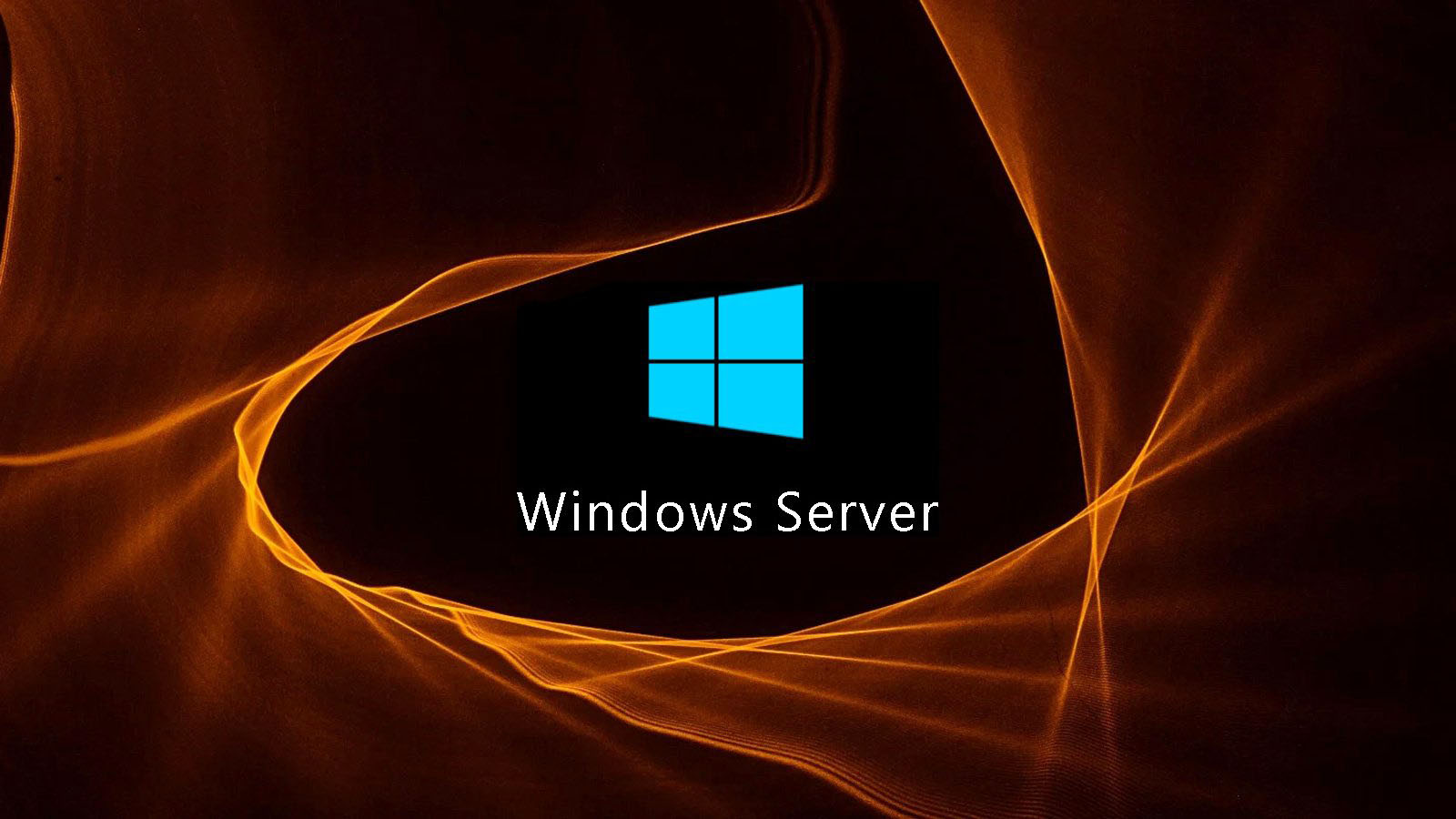Windows Server 2019 Monitoring and Maintenance
In today's world of technology, servers play a critical role in the operation of businesses. Windows Server 2019, a robust and reliable version of Microsoft's operating system, has become a popular choice for many organisations. In this blog, we will explore the importance of monitoring and maintaining Windows Server 2019, and offer best practices for maintaining a secure and efficient environment.


Server performance monitoring
One of the most important tasks to ensure optimal performance is server monitoring. Using tools such as Task Manager and Performance Monitor, it is possible to monitor resource usage, such as CPU, memory and disk. Keeping an eye out for any anomalies or unusual behaviour can help detect and fix performance issues before they affect server availability and productivity.
Event logs and security updates
Regularly reviewing system event logs is an essential practice for maintaining the stability of Windows Server 2019. These logs provide detailed information about potential errors, warnings and other issues. In addition, keeping the server up to date with the latest security updates and patches is crucial to protect against known vulnerabilities and potential threats.
Data backup and recovery
Data loss can be catastrophic for any business. Therefore, establishing a regular backup plan is essential. Windows Server 2019 offers tools such as Windows Server Backup, which allows you to easily and securely back up and restore files and folders. In addition, it is advisable to consider third-party solutions for more advanced and comprehensive backup management.
Security and user management
Security is a primary concern in any server environment. It is important to implement measures such as firewalls, anti-virus and anti-malware to protect Windows Server 2019 from potential threats. It is also crucial to maintain proper user and permissions management, ensuring that only authorised users have access to the necessary resources and privileges.


Performance optimisation and hardware maintenance
To ensure optimal performance, it is advisable to make additional adjustments and configurations as needed. This may include optimising network settings, configuring virtual memory, and removing unnecessary software or services. In addition, it is important to perform periodic inspections of the server hardware to detect potential failures or problems with components such as hard drives or fans.
Monitoring of services and documentation
Monitoring critical services running on the server is essential. Setting up alerts to receive notifications in case of service failures or outages is a best practice. Last but not least, maintaining up-to-date documentation that records server configuration, applied updates and resolved issues will facilitate future maintenance and troubleshooting.
Conclusion
Monitoring and maintaining Windows Server 2019 are critical practices to ensure optimal performance and reliable security in any enterprise environment. From performance monitoring and event logs, to implementing security measures and optimising hardware, there are numerous important tasks that must be performed on a regular basis to ensure the server is running optimally. With proper planning and execution, these tasks can be handled efficiently, allowing companies to concentrate on their core business without worrying about server issues.
We hope this blog has been helpful in understanding the importance of Windows Server 2019 monitoring and maintenance. By implementing the best practices we've outlined, system administrators can maintain a secure and efficient environment that allows them to provide users with high quality service and maximum uptime.
If you have any further questions, please contact us :)




